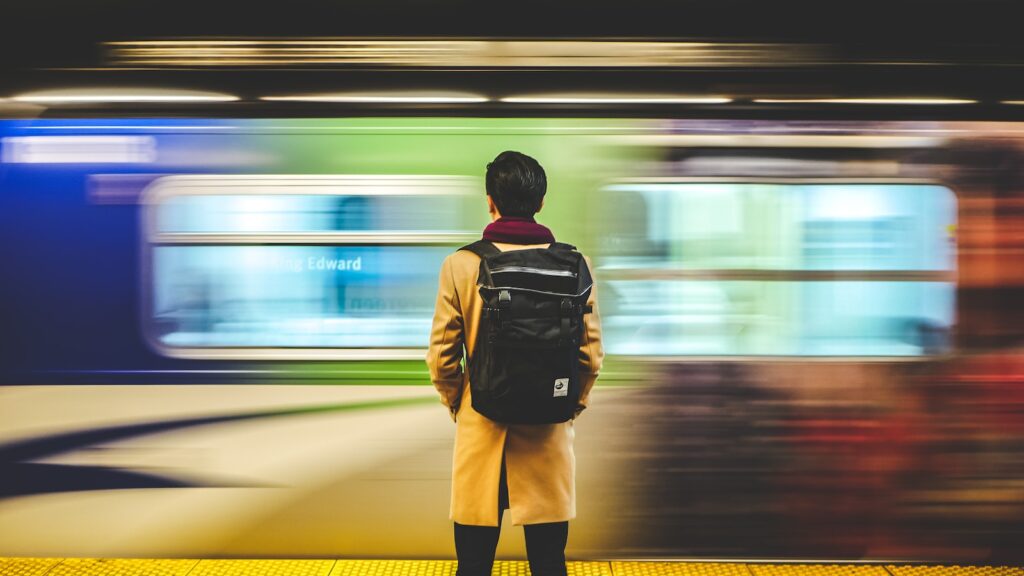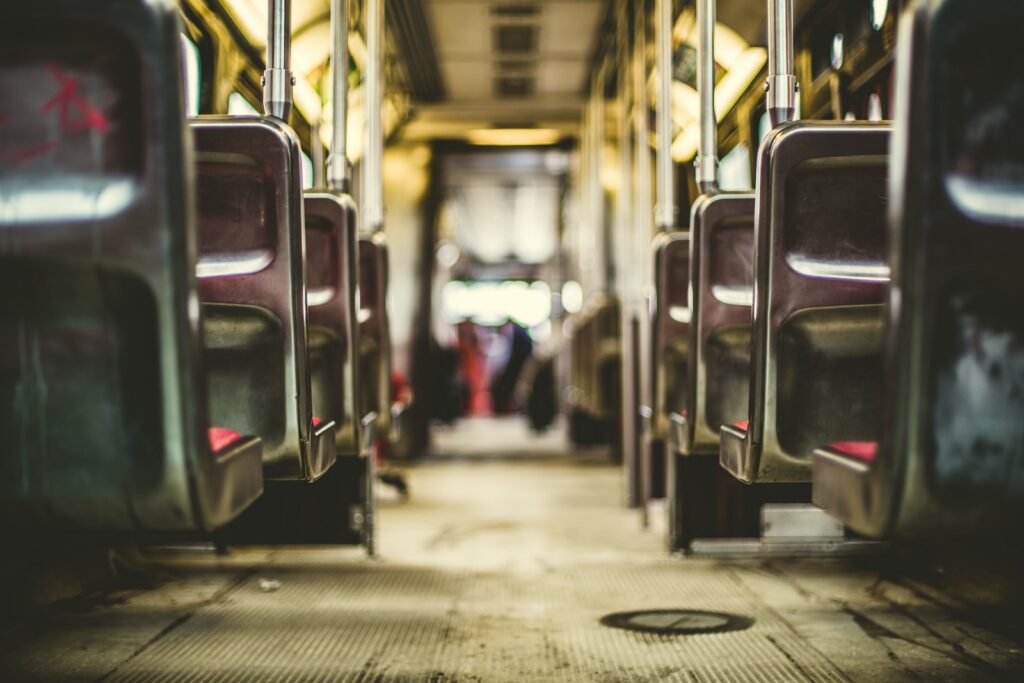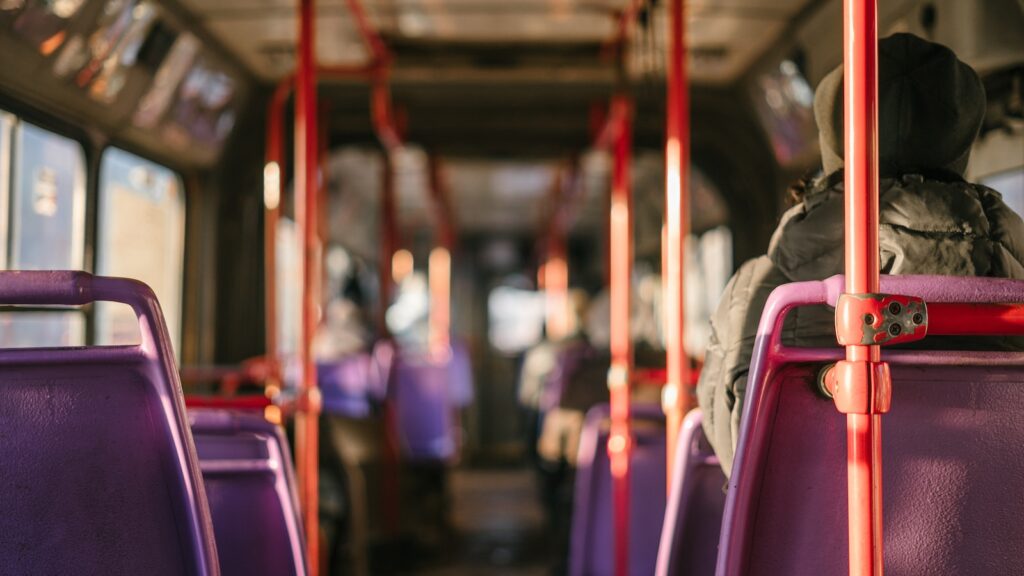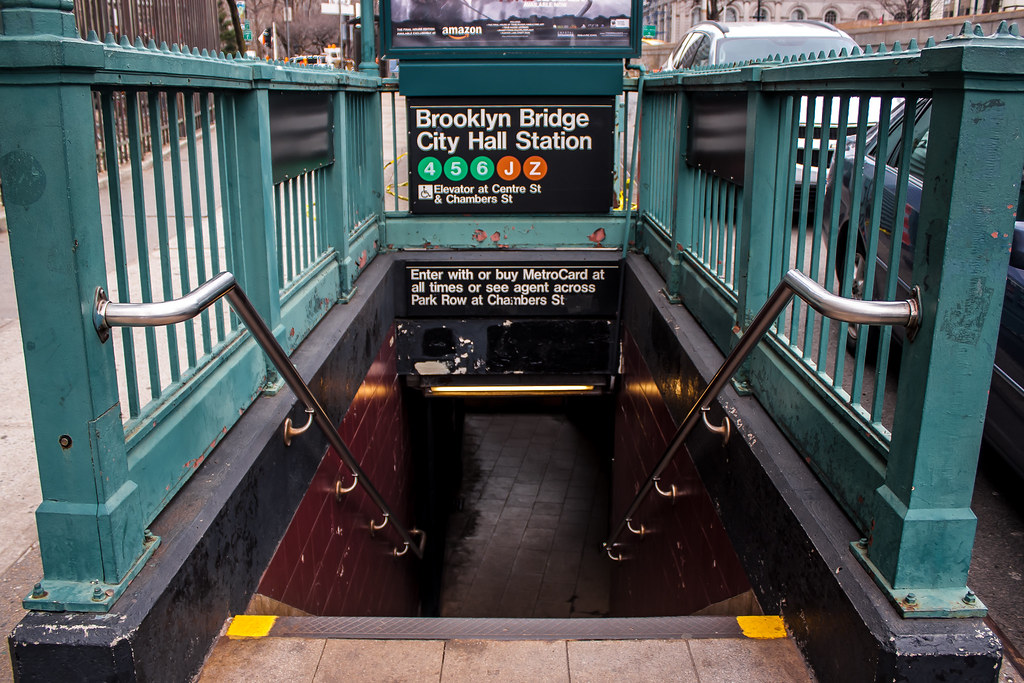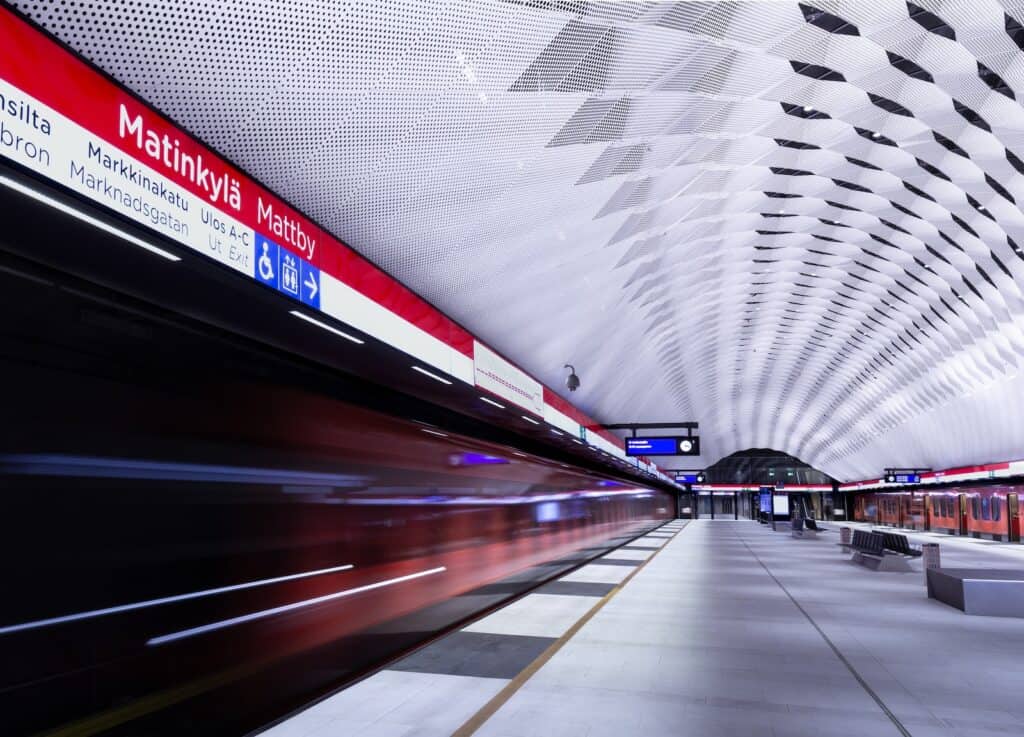Subway systems have become an integral part of modern transportation, connecting people from all walks of life and enabling them to reach their destinations quickly and efficiently. The first subway system was built in London in 1863, and since then, subway systems have evolved significantly, incorporating new technologies and designs to meet the needs of commuters.
From the inaugural steam-powered subway system in London to the high-speed bullet trains in Japan, subway facts attest to the transformative journey of this vital transport mode. Presently, subways span across numerous metropolises worldwide, ferrying millions of passengers daily.
As an essential pillar of urban infrastructure, subways offer a cost-effective and efficient solution for inner-city movement. This article aims to delve into the fascinating chronicle of subway systems, tracing their humble inception in London to their modern-day avatar of high-velocity trains. It presents a comprehensive perspective on subway systems, underscoring some of the most surprising and intriguing facts about this indispensable mode of transportation.
Table of Contents
Subway Facts and History
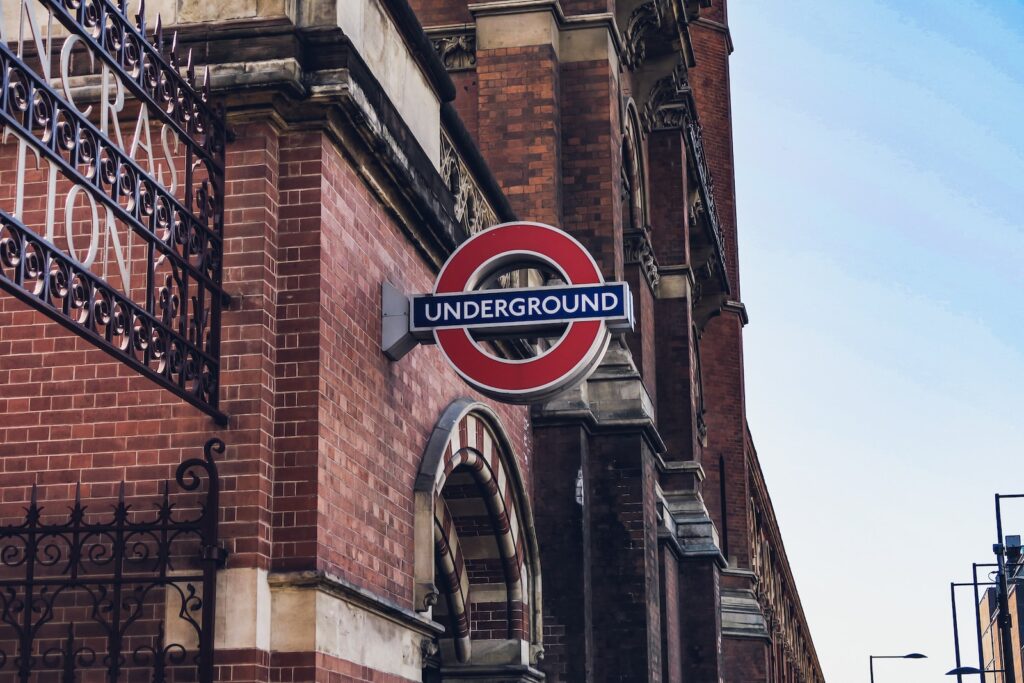
The history of the subway dates back to 1863 when the first underground line was opened in London, England. The Metropolitan Railway was a steam-powered underground railway that ran between Paddington and Farringdon Street. It was built to alleviate the traffic congestion on the streets of London. The railway used gas-lit wooden carriages that were pulled by steam locomotives. The first train had four carriages and could carry up to 50 passengers. Despite the sulfurous fumes released by the locomotive, the line was a success from its opening, carrying 9.5 million passengers in the first year of its existence.
The success of the Metropolitan Railway led to the construction of more subways around the world. In Budapest, the first electric subway was opened in 1896, using single cars with trolley poles. This subway was the first on the European continent. The first subway in the United States was built in Boston in 1897, and it was called the Tremont Street Subway. It was an underground trolley system that ran for a mile and a half.
Today, subways are an essential part of urban transportation systems around the world. They are faster, more efficient, and more environmentally friendly than other modes of transportation such as buses and cars. Subways have also become symbols of modern cities, and many of them have been featured in movies, TV shows, and other popular culture
Global Spread of Subways
After this initial success, the idea of a subway as public transportation began to take hold in other metropolises across the world. The New York City Subway, for instance, commenced its operations in 1904, adopting electric traction which offered a cleaner, smoother, and more efficient ride compared to the steam engines. This ushered in a new era of underground transport that was much more in tune with the rapid pace of urban life.
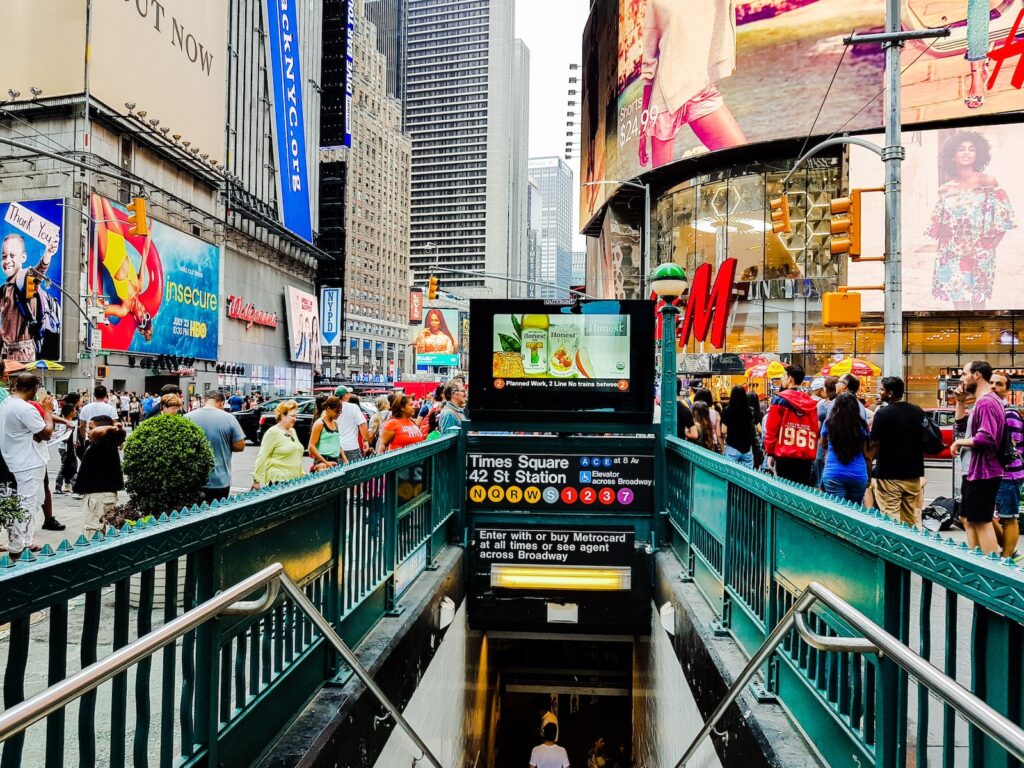
The dawn of the 20th century witnessed a flurry of subway constructions in other parts of the globe as well. Paris introduced its iconic Métro in 1900, and by 1927, the Berlin U-Bahn was weaving its way through the German capital. Meanwhile, the vast and intricate Tokyo Metro commenced operations in 1927, and Moscow Metro followed suit in 1935. Each of these Subway Lines brought with them not just improved connectivity, but also a distinct cultural identity that is deeply ingrained in their city’s fabric.
The spread of subways can be attributed to their many benefits. Subways are fast, efficient, and can transport large numbers of people quickly and easily. They are also environmentally friendly, as they produce fewer emissions than other forms of transportation. In addition, subways are often seen as a symbol of modernity and progress, and many cities have invested heavily in their subway systems as a way to attract tourists and businesses.
One of the most extensive subway systems in the world is the Tokyo Metro, which consists of 13 lines and over 300 stations. The system is used by millions of people every day and is known for its punctuality and cleanliness. Another notable subway system is the New York City Subway, which is the largest subway system in the world by number of stations, with over 470 stations in operation. The system is also one of the oldest in the world, having opened in 1904.
Other cities with extensive subway systems include Paris, Moscow, Beijing, and Seoul. In recent years, many cities in developing countries have also invested in their subway systems as a way to improve transportation and reduce traffic congestion. For example, the Delhi Metro in India and the São Paulo Metro in Brazil are both relatively new systems that have been built in response to the growing transportation needs of their respective cities.
Today, there are over 160 subway systems in operation across more than 50 countries. Automated trains, contactless payment systems, and eco-friendly practices are but a few examples of how Subway are adapting to meet the demands of the 21st century.
Types of Subway Lines
There are different types of subway lines. They are classified according to their routes, designs, and purposes. Here are some of the most common types of subway lines:
Radial Lines
Radial lines are subway lines that extend from the city center to the suburbs. They are designed to transport commuters from the suburbs to the city center and back. Radial lines are characterized by high capacity, high speed, and frequent service. Examples of radial lines include the London Underground’s Bakerloo line and the New York City Subway’s 1, 2, 3, 4, 5, and 6 lines.
Circle Lines
Circle lines are subway lines that form a loop around the city center. They are designed to provide commuters with easy access to different parts of the city without having to go through the city center. Circle lines are characterized by high frequency and low capacity. Examples of circle lines include the London Underground’s Circle Line and the Moscow Metro’s Koltsevaya Line.
Commuter Lines
Commuter lines are subway lines that are designed to transport commuters from the suburbs to the city center during rush hour. They are characterized by high capacity, high speed, and frequent service during peak hours. Examples of commuter lines include the Tokyo Metro’s Chuo line and the Paris Metro’s RER A line.
Shuttle Lines
Shuttle lines are subway lines that operate between two points, usually within a single station. They are designed to provide commuters with easy access to different parts of the station without having to walk. Shuttle lines are characterized by low capacity and low frequency. Examples of shuttle lines include the New York City Subway’s S line and the London Underground’s Waterloo & City line.
How Do Subway Lines Work?
Subway lines operate as interconnected networks of underground and sometimes elevated tracks that allow trains to transport people across different parts of a city. Here’s a simplified breakdown of how they work:
- Track System: The trains run on a two-rail track system, similar to traditional railroads. These tracks are interconnected in a network, allowing trains to move from one part of the city to another.
- Power Supply: Trains are often powered electrically, with power supplied through a third rail lying alongside the main tracks, or sometimes through overhead lines.
- Signal System: Subway lines have a complex signal system to control train movement and prevent collisions. The signals indicate when a section of track is clear for a train to proceed. If a section of the track is occupied, the signal prevents the following train from entering it.
- Stations: Stations are located along the subway lines, usually in areas of high population density or where multiple lines intersect. They provide passengers access to the trains. Some stations also allow passengers to transfer between different lines.
- Train Operation: In many subway systems, trains are manually operated by a driver (also known as a train operator or motorman). However, some newer or updated systems use automated trains with no drivers.
- Scheduling: Trains operate based on a schedule, which is carefully planned to manage the flow of trains along the line and to ensure regular service across all stations.
Architectural Marvels in Subway Construction
Subway construction is not just about functionality—it’s an architectural journey. The design and construction of subway systems offer an array of architectural marvels that often go unnoticed by commuters engrossed in their daily routines. Yet, these creations deserve our admiration, and their stories deserve to be told.
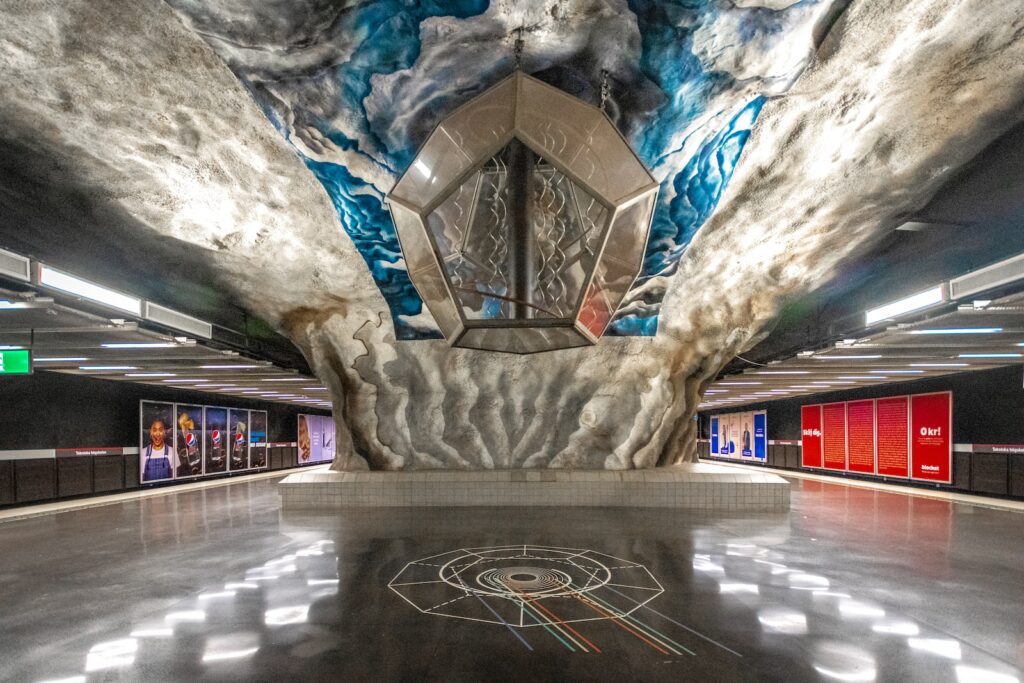
In Stockholm, the subway system is often referred to as the world’s longest art gallery. Over 90 of the 100 stations in the city’s metro system have been decorated with installations, mosaics, paintings, sculptures, and engravings by over 150 artists since the 1950s. It is a beautiful fusion of functionality and creativity, turning an everyday commute into a cultural experience.
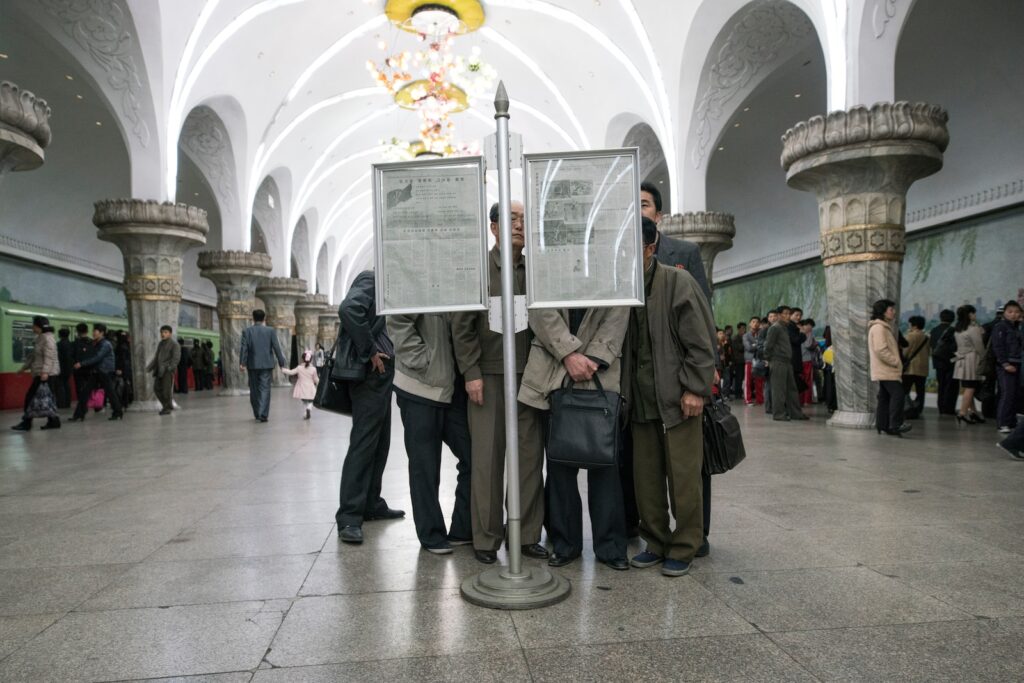
Moscow’s subway system, the Moscow Metro, is another example of spectacular architectural design. Initiated under Stalin’s rule, it was intended to be a showcase of the Soviet Union’s achievements. Today, it is famous for its art, murals, mosaics, and ornate chandeliers, making it one of the most beautiful subway systems in the world. Its stations are so grand, they are often compared to palaces.
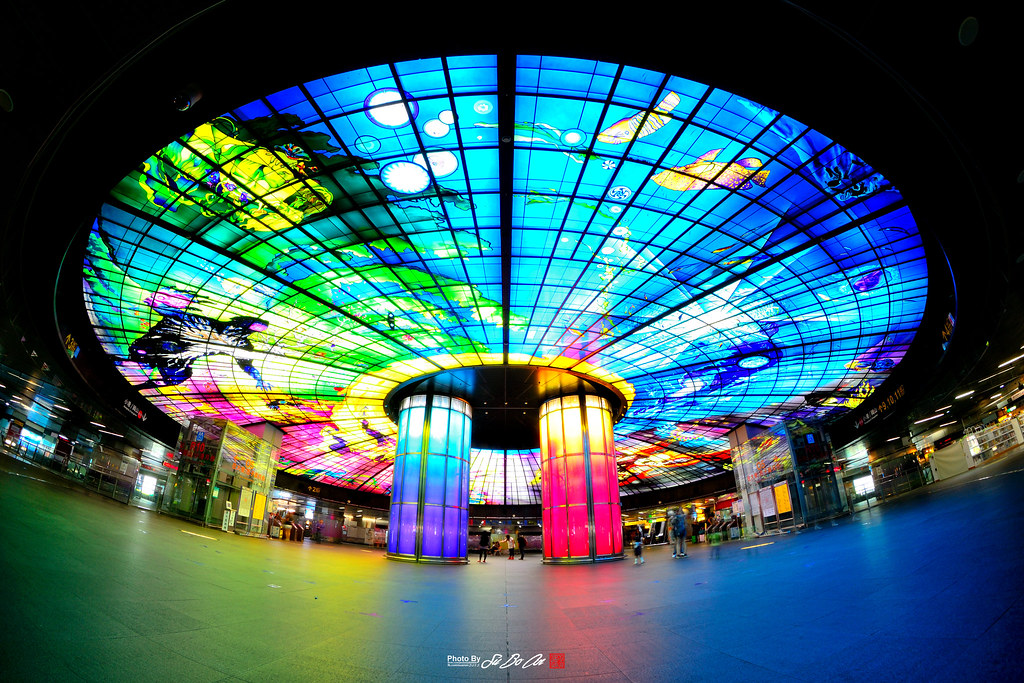
In Taipei, Formosa Boulevard Station is renowned for its “Dome of Light,” the largest glasswork in the world. Designed by Italian artist Narcissus Quagliata, the colorful installation represents the story of human life in four themes: Water, Earth, Light, and Fire. This station exemplifies how subway stations can become an integral part of a city’s cultural and artistic expression.
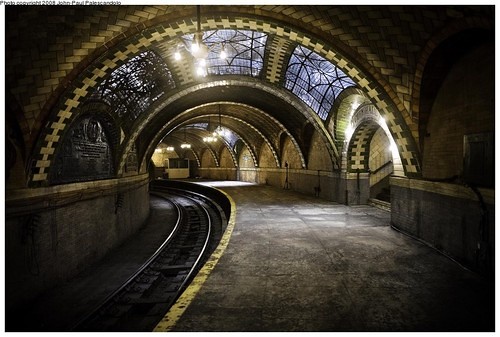
The City Hall Station in New York, although no longer active, still stands as a testament to the rich history and aesthetic possibilities of subway construction. It features a stunning display of Gustavino tile vaults and brass chandeliers. Its curved platform and grand arches make it one of the most unique stations in the world.
These instances exemplify the range and depth of architectural ingenuity in subway construction across the globe. They are a testament to the fact that subway systems are not merely practical means of transportation, but also sophisticated structures that reflect and shape the cultural and aesthetic contours of the cities they serve. Beyond their purpose of connecting cities, these architectural marvels in subway construction connect cultures, histories, and millions of lives.
Innovations in Subway Technology
The evolution of subways is not only defined by their history and architecture but also by the relentless advancements in technology that propel them into the future. As cities around the globe seek to optimize their public transportation systems, new innovations are continually shaping the way we navigate subways.
Take the Automated Train Operation (ATO) systems, for example. Many modern subway systems, like those in Copenhagen, Singapore, and Paris, use ATO to ensure precise and efficient train operation. This technology reduces the chance of human error, improves punctuality, and increases the system’s overall capacity. In fact, some metro systems like the fully-automated Copenhagen Metro, operate without drivers, providing 24/7 service.
Another pioneering innovation is the Contactless Fare Collection system, which allows passengers to pay fares using smart cards, mobile phones, or bank cards, offering an alternative to traditional paper tickets. This trend, popularized by cities like London with its Oyster cards and Tokyo with its Suica cards, enhances the ease of commuting and reduces the need for physical contact – a significant advantage in the post-pandemic world.
Efficient Energy Management Systems are also changing the landscape of subway operations. Regenerative braking technology, for instance, recaptures and recycles the energy that trains generate when slowing down or stopping. This has been employed in subways like New York City’s MTA and has significantly improved energy efficiency and sustainability.
Subway technology is also moving towards more inclusive designs, focusing on creating a seamless transit experience for all users, including those with mobility issues. Tactile paving, audio announcements, braille signage, and barrier-free access are becoming standard features in modern subway systems, ensuring that these vital public services are accessible to everyone.
Lastly, advanced Tunnel Boring Machines (TBMs) have revolutionized subway construction, allowing for more precise and efficient tunnel creation with less surface disruption. The Crossrail project in London, for example, used eight giant TBMs to build over 42km of new tunnels beneath the city.
As we venture further into the 21st century, subway technology will continue to advance, pushing boundaries and setting new benchmarks in efficiency, sustainability, accessibility, and convenience. These innovations are not just about moving people from point A to B; they are about redefining the way we experience public transportation and enhancing the quality of urban life across the globe.
Subways and Urban Development
Subways have always been intrinsically tied to the growth and development of the cities they serve. As urban centers expanded, the need for fast, efficient, and reliable transportation systems grew alongside them. The symbiotic relationship between subways and urban development is evident throughout history and continues to shape the cities of today and tomorrow.
In the early stages of their inception, subways fostered the development of suburbs by providing reliable and fast connections to city centers. New York City’s subway system, which began service in 1904, played a significant role in the rapid expansion of the city. It enabled workers to live farther from their jobs, thus stimulating growth in less dense areas and contributing to the creation of the city’s outer boroughs.
The presence of a subway system in a city can also significantly impact property values. Areas with good subway connectivity tend to see higher property prices due to the desirability of convenient access to public transportation. This has led to a phenomenon known as Transit-Oriented Development (TOD), where mixed-use residential and commercial areas are designed to maximize access to public transportation.
Moreover, subway systems have profound impacts on socio-economic patterns within cities. They offer affordable transportation, making job markets more accessible to a wider population and promoting social mobility. Subways also reduce reliance on private vehicles, thus contributing to less traffic congestion and lower greenhouse gas emissions, promoting a healthier and more sustainable urban environment.
The transformative power of subways also extends to cultural and lifestyle changes. In many cities, they have influenced everything from commuting habits and working hours to retail culture, as seen in the proliferation of shops and eateries in Tokyo’s subway stations.
On a larger scale, subways play a vital role in the urban planning strategies of many metropolises. They enable dense urban development, a critical factor in creating sustainable cities. They also support the development of compact cities, which reduces urban sprawl and preserves natural and agricultural lands.
In summary, the influence of subways on urban development cannot be overstated. They provide much more than just a mode of transportation—they shape the physical, social, and economic landscapes of cities, driving their evolution and dictating their future growth. As we look ahead, the role of subways in urban development will continue to be of critical importance, especially in the face of challenges such as population growth, urbanization, and climate change.
Environmental Impact of Subways

As global awareness of environmental issues intensifies, the role of public transportation systems, including subways, in mitigating climate change has become a topic of significant importance. In this context, subways stand out as one of the most eco-friendly modes of transport, influencing both direct and indirect environmental factors.
One of the most direct ways subways contribute to environmental sustainability is by reducing reliance on private vehicles, which are significant contributors to greenhouse gas emissions. According to the U.S. Environmental Protection Agency, transportation is the largest source of greenhouse gas emissions in the United States, with the majority coming from cars and trucks. By offering a reliable and efficient alternative, subways can help reduce the number of vehicles on the road and subsequently decrease carbon emissions.
Subways also excel in terms of energy efficiency. They can transport large numbers of people simultaneously using significantly less energy per passenger compared to cars. Furthermore, technological advancements, such as regenerative braking systems, allow subways to recover and reuse energy, thus enhancing their energy efficiency even further.
From a spatial perspective, subways facilitate more compact and efficient urban development, leading to lower energy usage and fewer emissions. Compact cities reduce urban sprawl, which often involves long commutes by car and results in substantial carbon emissions. Furthermore, by encouraging denser urban living, subways can also help to conserve land and preserve natural habitats.
While subways indeed have a positive environmental impact, it’s also important to acknowledge the environmental costs associated with constructing and operating subway systems. These include the use of raw materials, energy consumption, and waste generation during the construction process, as well as noise pollution during operation.
However, with increasing innovation in sustainable construction practices, including the use of more eco-friendly materials and energy-efficient construction techniques, these environmental costs can be mitigated. Additionally, over the lifespan of a subway system, the environmental benefits tend to outweigh these initial costs.
In conclusion, subways have a significant role to play in promoting sustainable urban living and combating climate change. As cities continue to grow and environmental challenges become increasingly pressing, the importance of efficient and sustainable public transportation systems like subways will only become more critical. They offer a pathway towards more sustainable and climate-resilient urban development, making them an essential tool in our fight against climate change.
Subways in Pop Culture
Subways have long permeated the realm of popular culture, serving as both intriguing backdrops and vital plot elements in books, films, music, and video games. Their unique blend of bustling humanity, architectural charm, and inherent dynamism has made them irresistible to creators across all mediums, embedding them in the cultural consciousness of societies worldwide.
In literature, subways often serve as symbols of the urban experience, representing both the mundanity of everyday commutes and the rich tapestry of diverse individuals sharing a common journey. For instance, Mark Helprin’s novel “Winter’s Tale” employs New York City’s subway as a central motif, reflecting the city’s grit and glamour.
Cinema, with its visual medium, captures the essence of subways in all their atmospheric glory. The speed, anonymity, and labyrinthine nature of the subway system have been used to great effect in films like “The French Connection” and “The Taking of Pelham 123,” while the New York City Subway has almost become a character in its own right in countless films, from “Ghost” to “Joker.” In the realm of animation, Hayao Miyazaki’s “Spirited Away” includes a haunting scene of an abandoned train running through water, adding a sense of ethereal mystery to the concept of a subway.
Music videos often utilize the visual appeal of subways to create dynamic and compelling narratives. From the raw energy of The Clash’s “Train in Vain” to the somber elegance of Barbra Streisand’s “The Way We Were” shot at the 72nd Street Subway station, these transport networks often act as evocative stages for performance.
Even in video games, the intrigue of subways persists. From the gritty underworld of the Moscow Metro in the “Metro 2033” series to the playful subway races in “Subway Surfers,” these games incorporate the environment of subways to build immersive worlds that players can explore.
Additionally, in contemporary art and photography, subways have been immortalized in myriad ways. Photographers like Bruce Davidson and Walker Evans have produced entire series centered around subway passengers, capturing the raw, unvarnished human condition amid the urban landscape.
The Future of Subways
As we peer into the future of urban transportation, it’s evident that subways will continue to play a pivotal role. However, just like any other aspect of modern life, they too will evolve, driven by advances in technology, shifting societal needs, and a growing emphasis on sustainability.
One of the most exciting prospects for the future of subways is automation. Many cities already operate automated subway lines, but with advancements in AI and machine learning, we can expect to see more autonomous subways. This not only has the potential to improve efficiency and reduce operating costs but also enhances safety by reducing the likelihood of human error.
Another significant development is the integration of subways into broader multimodal transportation networks. This involves seamless transitioning between different forms of transportation – from subways to buses, bicycles, and even pedestrian pathways. By combining various modes of transport into a cohesive, interconnected network, cities can provide more flexible and efficient mobility solutions.
Digitalization will also play a significant role in transforming the subway experience. This includes everything from contactless payments and digital ticketing to real-time service updates on mobile apps. These technologies can make using subways more convenient and user-friendly, thereby encouraging more people to opt for this sustainable mode of transport.
From an environmental standpoint, there will be a greater push toward making subway systems more sustainable. This could involve using renewable energy sources to power trains, implementing energy-efficient technologies, and developing greener construction methods for subway infrastructure.
Furthermore, subways of the future might not just be underground. The concept of ‘aerotropolis,’ a city designed around air travel, is taking flight, and similar ideas for subways, such as Elon Musk’s Boring Company proposing high-speed underground travel, are pushing the boundaries of what’s possible.
In terms of design, subway stations of the future will likely become more than just transit points. Architects are reimagining subway stations as vibrant public spaces that include shops, restaurants, and even art installations, making them destinations in their own right.
Frequently Asked Questions About Subways
When and where was the first subway system built?
The birthplace of subway systems is London, with the first one coming into existence in the year 1863. This marked a significant milestone in public transportation, revolutionizing how people commuted within urban spaces.
What powered the first subway system?
The first subway system, built in London, was powered by steam engines. Despite the release of sulfurous fumes, it proved to be an incredibly successful means of transport, quickly gaining popularity among the masses.
How have subway systems evolved over time?
Since the inception of the first steam-powered subway, these systems have witnessed remarkable evolution. Advancements in technology and design have led to the development of electric subway systems, high-speed trains, more efficient signaling systems, and even automated trains in some cities. These improvements have significantly increased the speed, efficiency, and capacity of subway systems worldwide.
Which is the busiest metro today?
Today, the busiest metro system in terms of annual ridership is the Beijing Subway in China. With over 3.66 billion trips annually, it surpasses other global subway systems.
How do subway systems benefit cities?
Subway systems provide numerous benefits to cities. They offer a fast, efficient, and cost-effective method of moving large numbers of people around, reducing surface traffic congestion and leading to improved air quality. Moreover, they contribute to the local economy by improving accessibility and driving urban development around the subway stations.
What are some surprising facts about subways?
Subways are replete with fascinating stories. From the world’s first steam-powered subway in London, to the punctuality and cleanliness of Tokyo Metro, to the massive network of the New York City Subway, the world of subways is filled with interesting facts. Moreover, subways have played a significant role in urban development and have even etched a place for themselves in pop culture.
Which city has the most subway lines in the world?
Holding the title of the world’s most expansive metro network, the Shanghai Metro stretches over an impressive 803 kilometers (or 499 miles). This Chinese metro system also boasts the highest annual ridership globally, accommodating 2.83 billion journeys. However, when it comes to the sheer number of stations, New York City’s Subway takes the lead with a total of 472 stops across its network.

